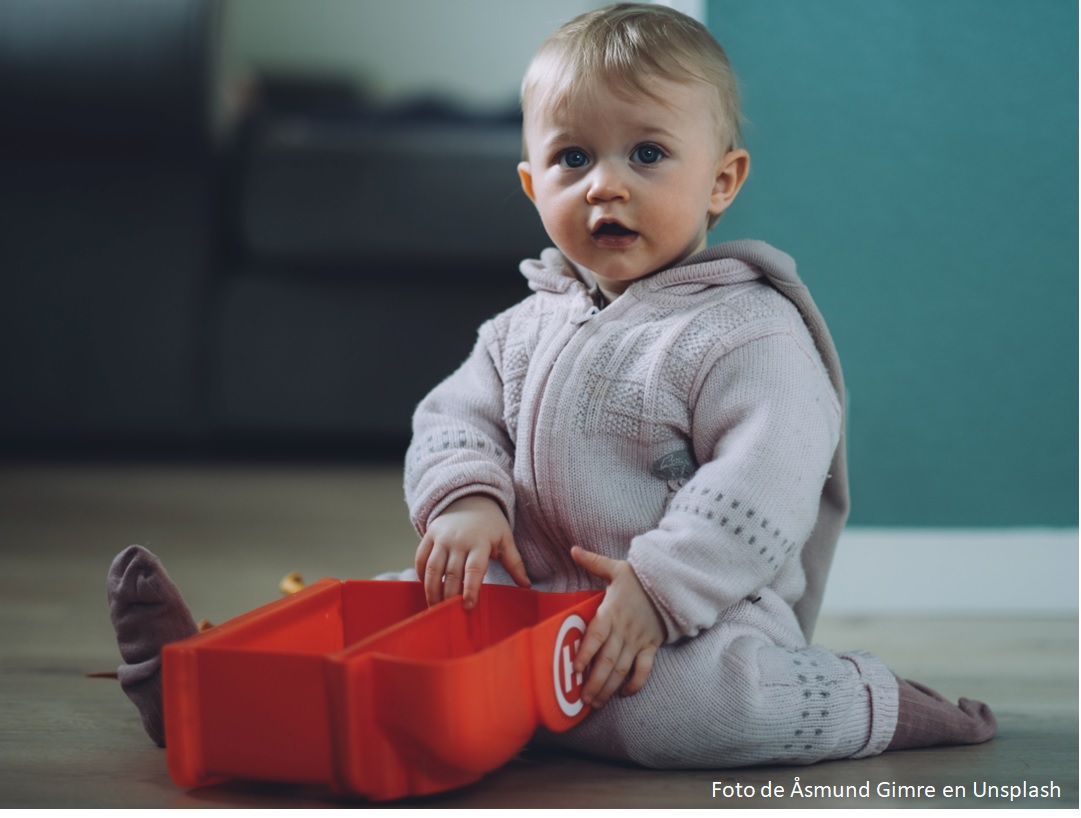Pediatric Audiology: The Art of Putting Puzzles Together
Audiología pediátrica: el arte de armar rompecabezas

This work is licensed under a Creative Commons Attribution-NonCommercial-NoDerivatives 4.0 International License.
Show authors biography
Functional hearing – for practical purposes – consists of the possibility of awakening precise sensations in specific regions of the brain from the processing and extraction of hidden messages in changes in the pressure of the molecules of the air that surrounds us. Measuring the functionality of hearing in a human being becomes a titanic challenge that implies that our professional life is spent analyzing both subjective and objective information from our patients, both with an undeniable diagnostic value: as for the first, the clinical history, observations of the patient's listening behavior, reports from home, school and therapy, or studies such as pure tone audiometry and speech audiometry, are essential not only for diagnosis but also for the follow-up of our patients. However, in the case of smaller patients, or when faced with the need to evaluate aspects such as middle ear pressure, hair cell function, or the presence of cochlear microphonics; The usefulness of these subjective tools is limited and therefore the records, traces, curves and figures related to intensities, pressures, latencies, frequencies, amplitudes and other data obtained through objective studies are the resources we use to diagnose and start the investigation. rehabilitation or rehabilitation of our patients.
Article visits 936 | PDF visits 391
- The Joint Committee on Infant Hearing. (2019). Year 2019 Position Statement: Principles and Guidelines for Early Hearing Detection and Intervention Programs. Journal of Early Hearing Detection and Intervention. 2019; 4(2):1-44. doi: https://doi.org/10.15142/fptk-b748
- Jerger JF, Hayes D. The cross-check principle in pediatric audiometry. Archives of otolaryngology. 1976; 102(10):614–620. doi: https://doi.org/10.1001/archotol.1976.00780150082006 DOI: https://doi.org/10.1001/archotol.1976.00780150082006
- Hall III JW. Crosscheck Principle in Pediatric Audiology Today: A 40-Year Perspective. Journal of audiology & otology. 2016; 20(2):59–67. doi: https://doi.org/10.7874/jao.2016.20.2.59 DOI: https://doi.org/10.7874/jao.2016.20.2.59



